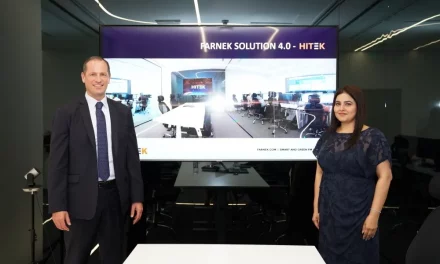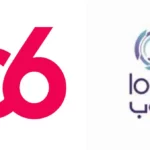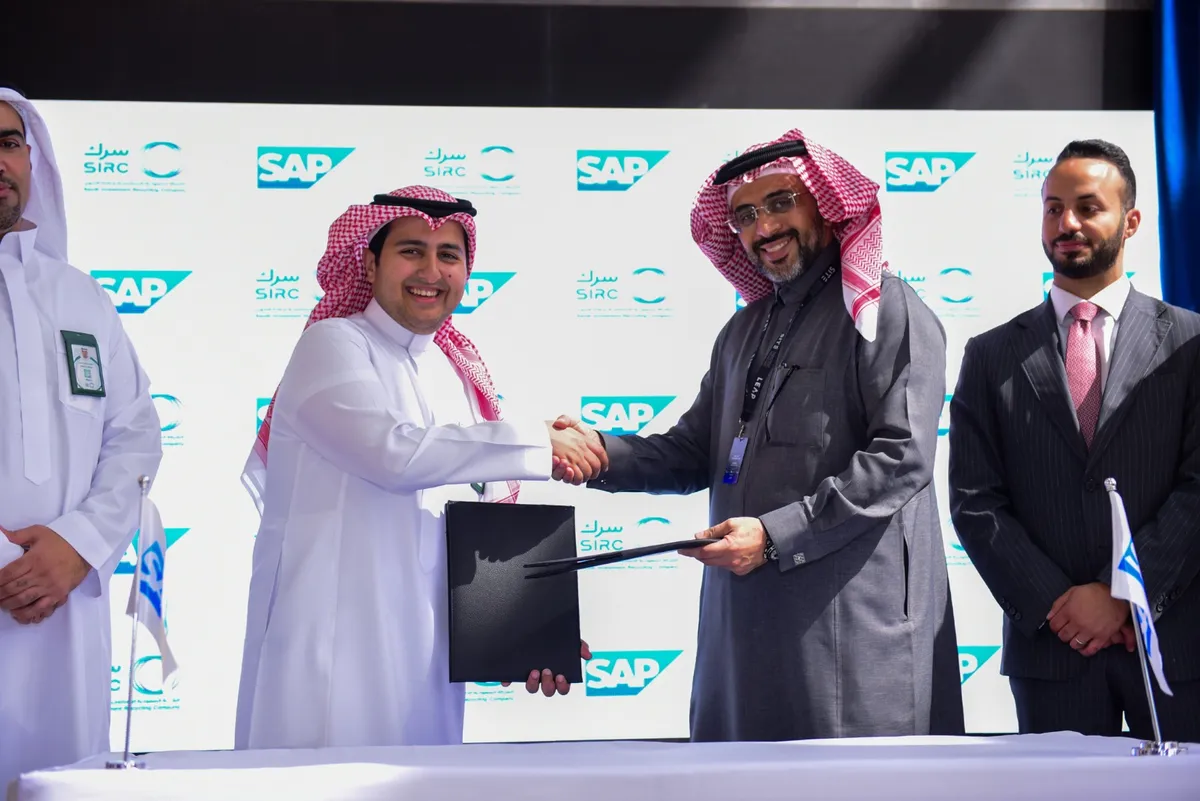
Diversification and innovation in the face of global challenges

Despite the ongoing disruptions of the pandemic to our society, a post-COVID business landscape is now emerging. The enterprises that have successfully come out the other side of this pandemic are now more resilient and better hardened against future shocks.
What unites many of these front runners is that they saw the pandemic as an opportunity to reimagine their business models by digitizing their operations and services. Online collaboration tools, robotics and automation, cloud computing, and robust 5G infrastructure have enabled these companies to both survive and to thrive.
Regional waste management giant Averda has, for example, fully digitized operations so that the company can now track each collection run in real-time while eliminating paperwork and physical interactions in the COVID period. Retailers and mall operators like Majid Al Futtaim have honed in on the ‘phygital’ concept, prioritizing the integration of physical and digital shopping experiences in a COVID environment. Meanwhile, financial institutions such as Emirates NBD have diversified their offerings to support businesses and customers recovering from the pandemic, especially through the expansion of digital services.
Research firm IDC predicts that these digital transformation investments in the region could double across the 2020-25 period, topping USD58 billion in 2025 and accounting for 40% of all ICT investments made that year.
Nevertheless, with more businesses moving online, the pandemic has exposed vulnerabilities in the global digital economy. The current semiconductor shortage is a prime example. It is a supply chain issue that is impacting nearly all industries—from the making of new cars to smart power grids and CPUs. The imbalance of chip demand and supply has been exacerbated by the pandemic as well as the ongoing politicization of technology. Some countries have even sought a resolution by shoring up their local industries through protectionist policies.
This development serves as an important reminder to all business leaders: rather than putting up boundaries, pioneers must constantly look for opportunities to diversify and innovate in the face of global challenges.
Aside from the aforementioned companies, one entity that has done this particularly well is the global ICT provider Huawei. Over recent years Huawei has been ensnared by US-led efforts to malign Asia-based technology companies. That dragnet has included US trade restrictions against tech companies in China, Japan, Pakistan, and Singapore, several of which have started to lead their Western counterparts in digital innovation.
But rather than curtail its ambitions, these actions have prompted Huawei to invest more in R&D and chase more innovations. In 2020 alone, the company’s R&D investments totaled more than USD20 billion, exceeding USD110 billion in the past decade. After leading 5G deployment, Huawei is now emerging as a major player in the Middle East’s cloud services market. It has moved deeper into the intersection between digital and power industries, with its new Huawei Digital Power business already working on the largest off-grid energy storage project of its kind in the world, located in Saudi Arabia. The company has even made headway in the lucrative automotive sector, confirming plans to invest more than USD1 billion into helping automakers make more intelligent vehicles.
Prioritizing open collaboration
As many companies look to evolve within today’s digital economy, open collaboration will prove to be both the antidote to supply chain disruptions and the fast-track to innovation and diversification.
The Middle East has done much to embrace these open marketplaces in recent years. By supporting international technology standards like those from the ITU, GSMA, and others, countries in the GCC have been amongst the global frontrunners in developing 5G commercial services. Countries such as the UAE, Saudi Arabia, Egypt, and others have also been publishing detailed national AI strategies that encourage public-private cooperation in implementing industrial AI applications. Likewise, maturing cloud and data privacy regulations have helped open up hyperscale public cloud services in the region.
On the talent front, Middle East governments are also encouraging open collaboration between global academic institutions and private sector partners in the digital realm. These knowledge-exchange efforts are recognized as pivotal to creating future-proof jobs, while also enabling countries to climb global competitiveness and innovation indexes.
It is perhaps no surprise then that the ITU recently estimated an increase of 10% in digitization can result in a corresponding 2.49% growth in GDP per capita in the Arab States. Within an open operating environment, organizations across the Middle East are well placed to reimagine their business models and benefit from the advantages of global technological progress.












































